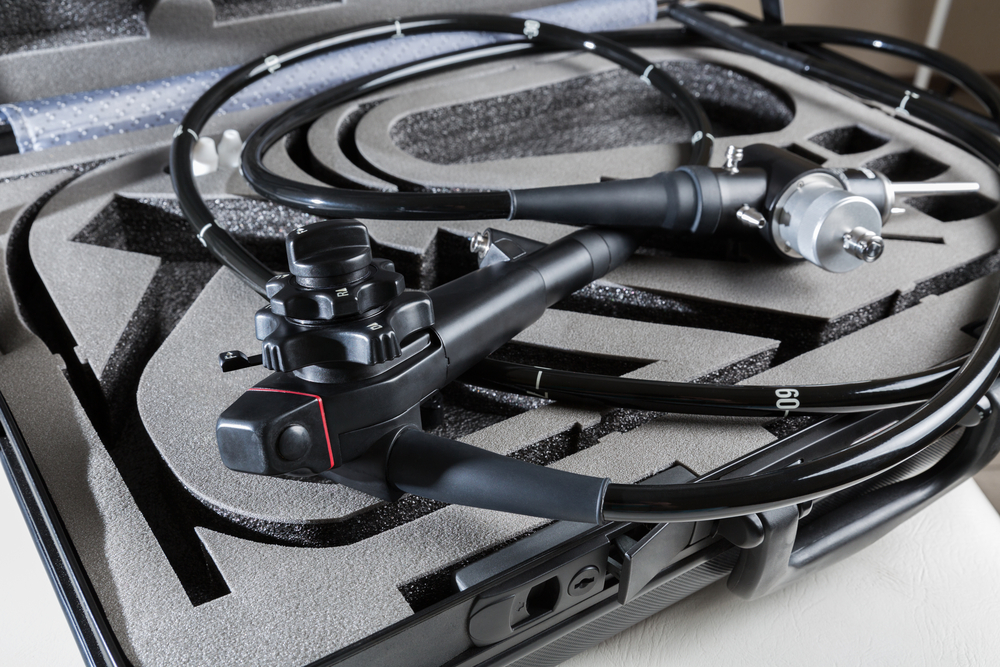A Little Something to Know About Endoscopy Equipment Cleaning

Cleaning the Equipment:
1. Before your technician cleans the equipment, it is mandatory that s/he has gone through the instruction manual provided by the company.
2. They should be familiar with all the parts that form the equipment and understand how to clean each and every bit of it.
3. The endoscopic equipment needs a high level of disinfection since it is exposed to a lot of microorganisms as soon as the equipment is removed from the patient.
4. It is mandatory procedure to douse the equipment into enzymatic cleaning solution, as recommended by the manufacturers.
5. Some of the old endoscopy equipment cannot be totally immersed in water. If your endoscope did not include a manual, call the manufacturer for a copy before attempting any cleaning.
What to do after Cleaning is Complete?
After the cleaning process is complete, you have to make sure that the equipment is working properly. To do so, you will need to reduce the pressure on the air/water valve to force water through the outlet. Also reduce the pressure on the suction valve, while the tip is dipped in the cleaning solution. Alternating air and cleaning solution will remove more debris from internal layers.
1. In the newer models of the equipment, manufacturer may have provided an air water adapter. The function of this adapter is to ensure a continuous flow of air or water, through their respective channels.
2. After you have turned off the air pump, with gentle hands remove the air/water valve and attach the cleaning adapter. Then turn the air pump on, and for about 30 to 45 seconds allow air to pass through the channels. After the time has passed reduce the pressure on the valve to allow water to run through their respective channels.
3. Turn off the power for the video processor or camera, and with delicate hands detach the endoscope.
8. Wipe excess debris off endoscope with gauze sponges and enzymatic cleaning solution. If it has been recommended by the manufacturers, place a cap on top of the equipment and then carefully carry the entire kit to the re-processing area where you need to perform some more cleaning using gauze, sponges and disinfectants, in order to make it ready for the next procedure.
